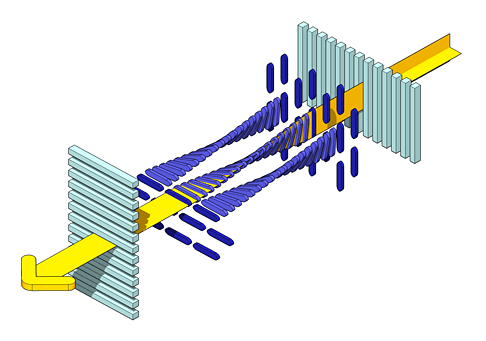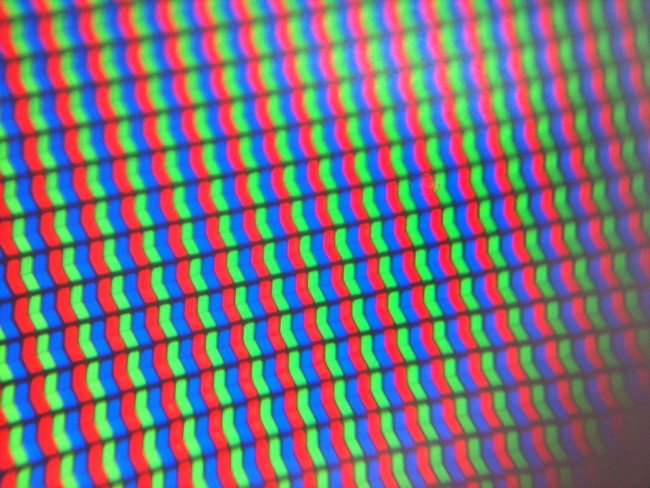
Liquid crystals were discovered in 1888 by Austrian scientist Friedrich Reinitzer, and in 1927, a Russian physicist Vsevolod Frederiks was discovered crossing, was named after him and is now widely used in conventional LCD displays. In the 1970-ies the company RCA was first introduced LCD monochrome screen. Liquid crystal displays have been used in electronic watches, calculators, instruments. Then began to appear, dot matrix displays, reproducing black-and-white image. In 1987, the company developed the first Sharp color LCD display diagonal of 3 inches. How does the LCD display — this is in the news today!

Working LCD or liquid crystal display based on polarization of the light flux. Liquid crystals “screened” light, passing only certain waves of the light beam with the appropriate polarization axis, and remaining opaque to all other wavelengths. The change of the polarization vector is a liquid crystal depending on the applied electric field to them. In other words, with the help of electricity you can change the orientation of the molecules of the crystals and thus ensure the creation of the image.

Almost any LCD display has an active matrix of transistors, by which an image is formed, a layer of liquid crystals with optical filters selectively transmits light, and the illumination system (usually led). The latter is necessary to display color images. LCD display has multiple layers, the main of which are two glass panels that contain a thin layer of liquid crystals between them. The panels are grooves, which direct the crystals, giving them their orientation. The grooves are arranged parallel on every panel, but perpendicular between two panels. Coming into contact with the grooves, the molecules in liquid crystals are oriented equally in all cells.

Directly screen the LCD display is an array of tiny segments — pixels. Each pixel has three transistors, each responsible for one of the three colors, and the capacitor maintains the desired tension. By combining the three primary colors for each pixel of the screen, you can get any color.
The most common nowadays are the LCD TFT displays, active matrix, which uses thin film transparent transistors. The number of transistors in such displays can reach several hundred thousand.

Among the advantages of LCD displays is relatively low cost, excellent focusing, very high image clarity and brightness. And the lack of color registration error and screen flickering. The fact that such displays do not use electron beam draws every line on the screen. Disadvantages of LCD — the appearance of dead pixels due to the combustion of the transistors, a small number of shades of color, uneven brightness of the image (often the light at the edge of time) and the relatively small viewing angle.
How does it work? LCD display
Hi-News.ru